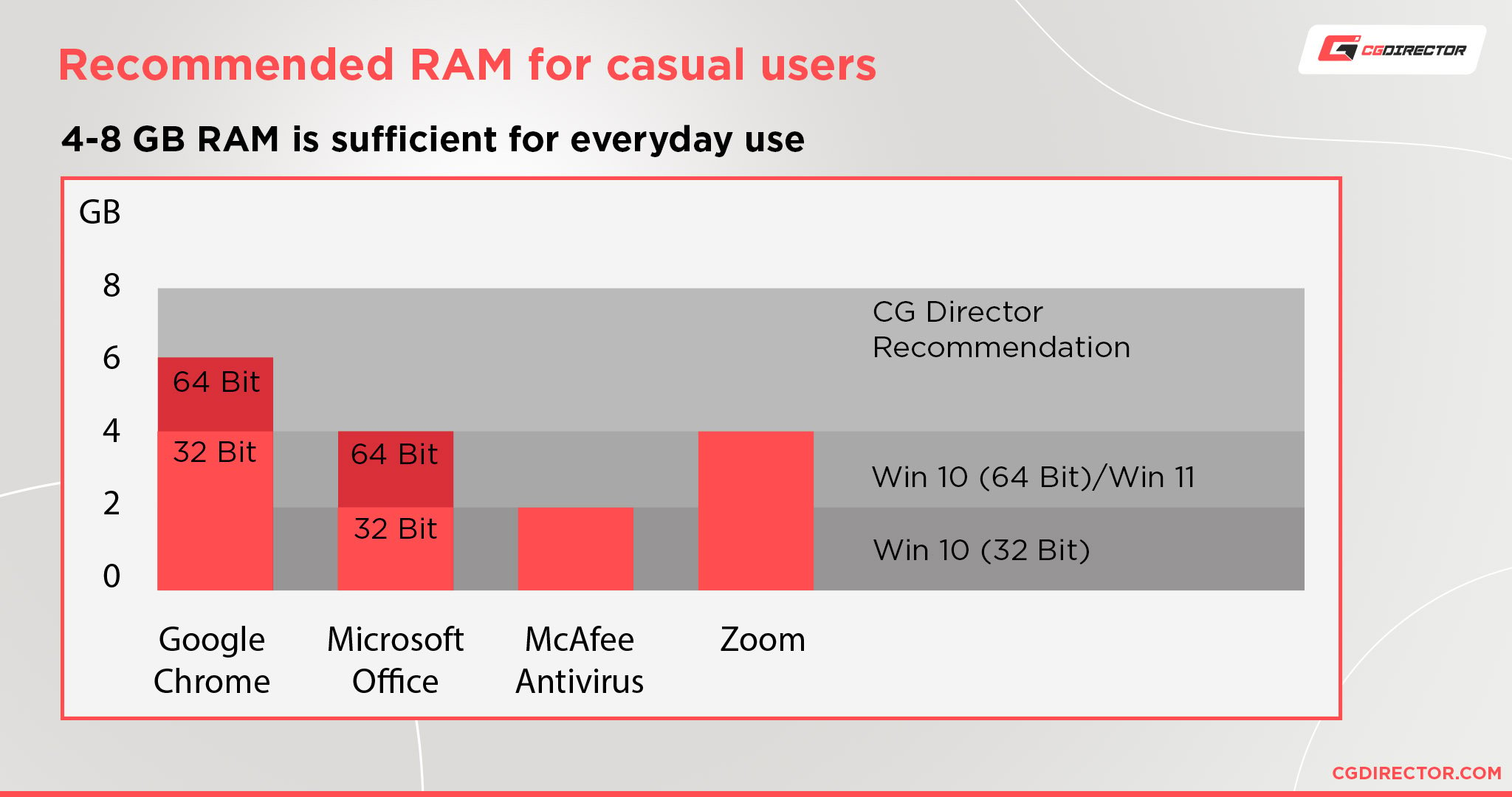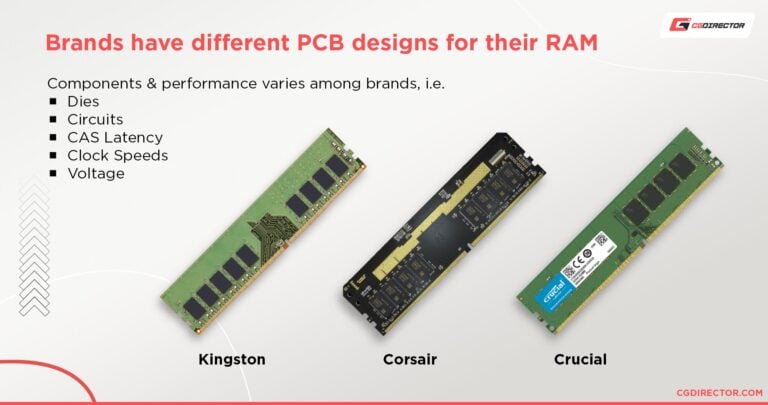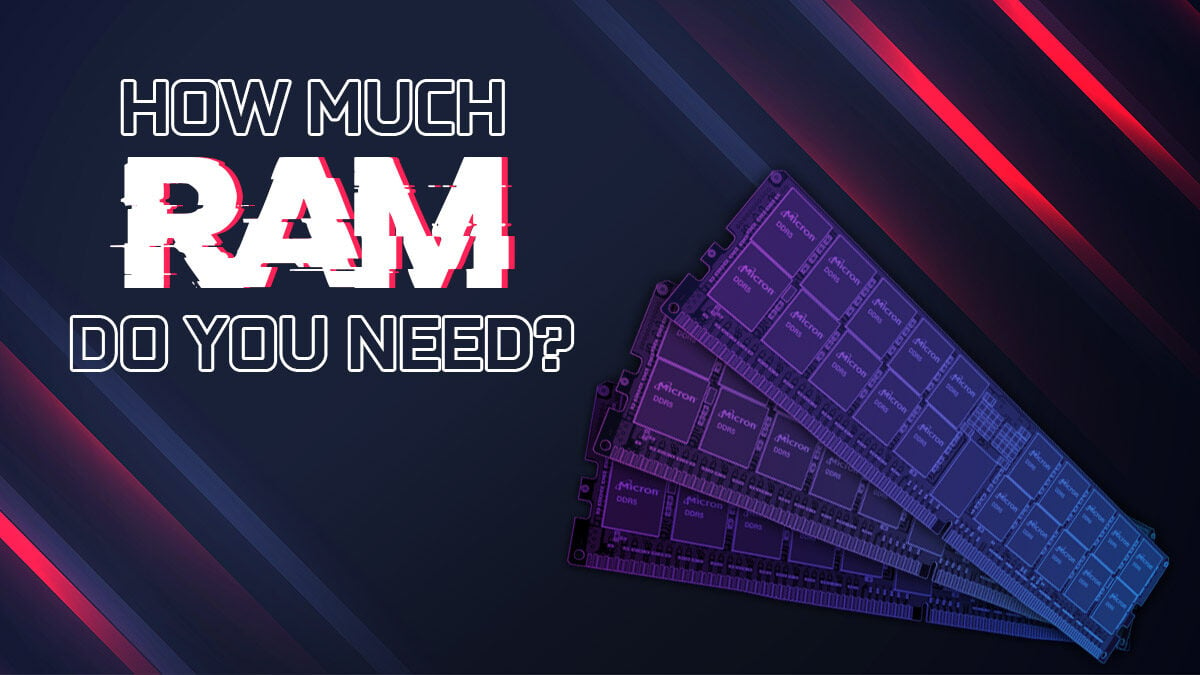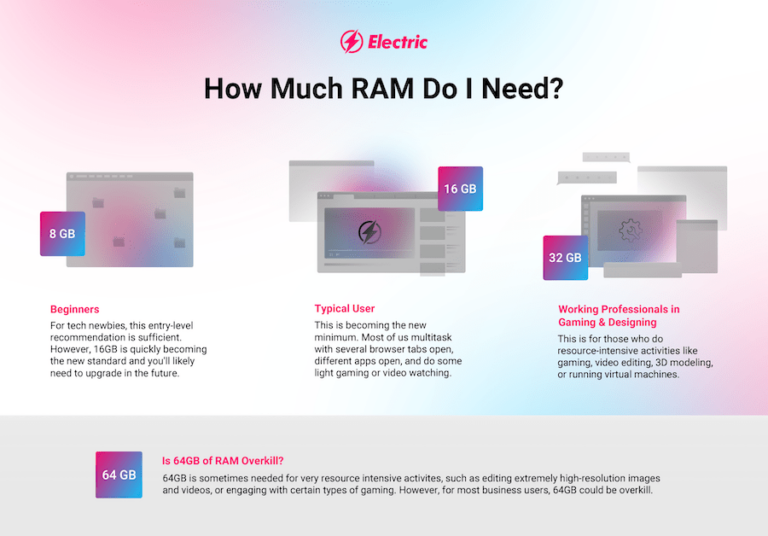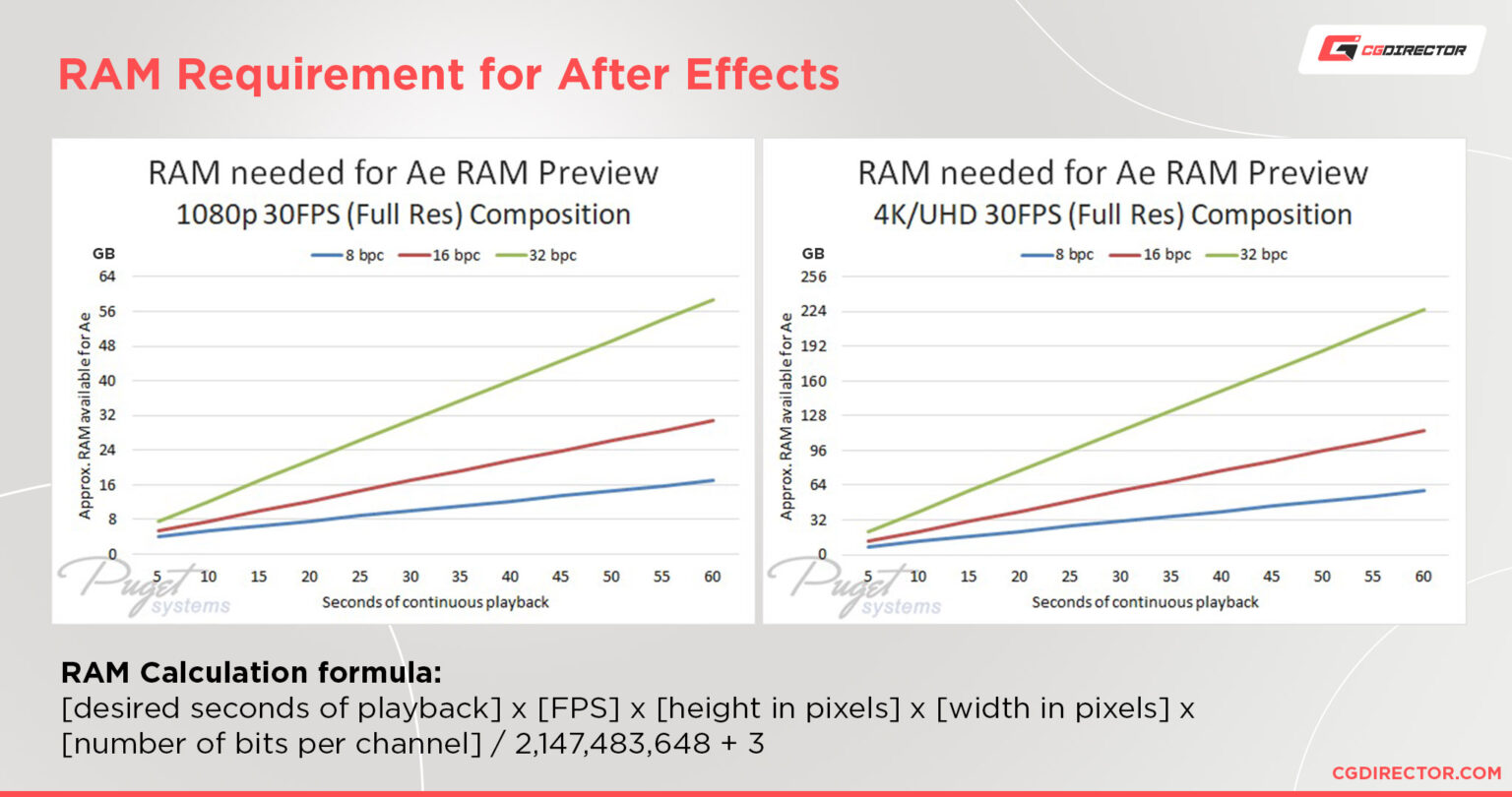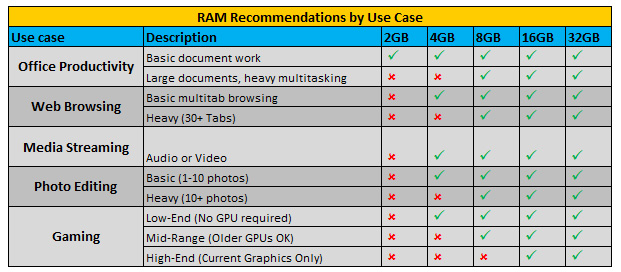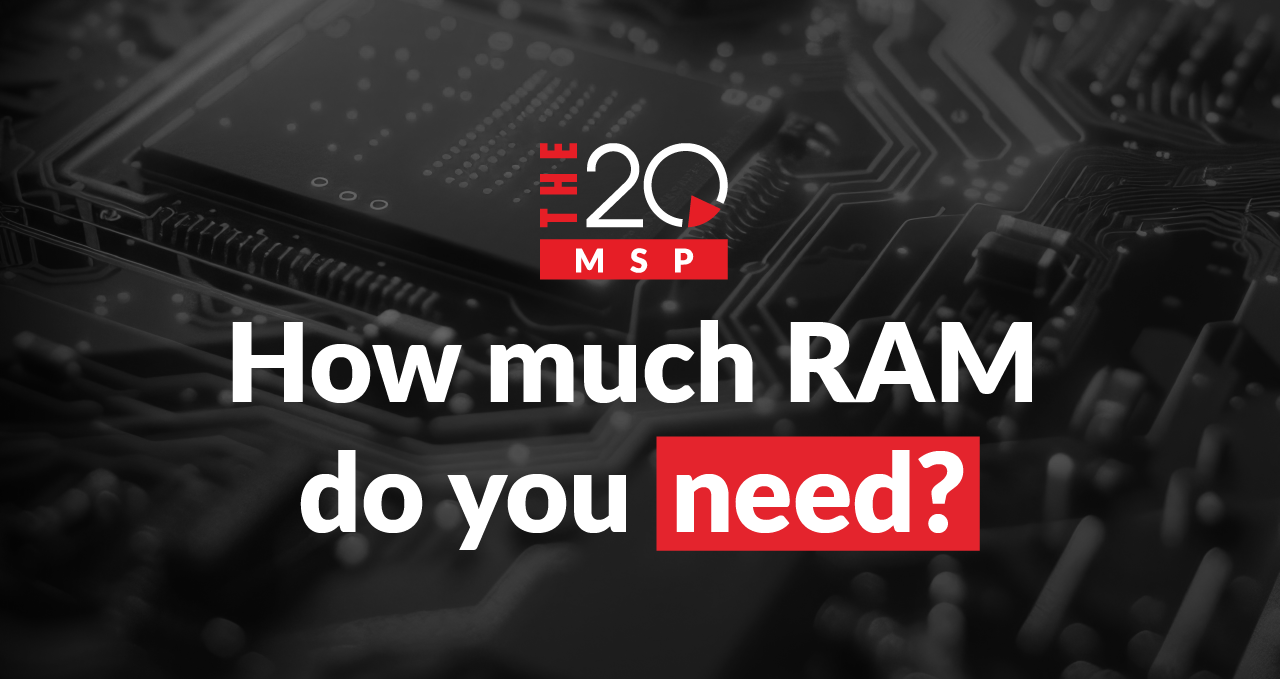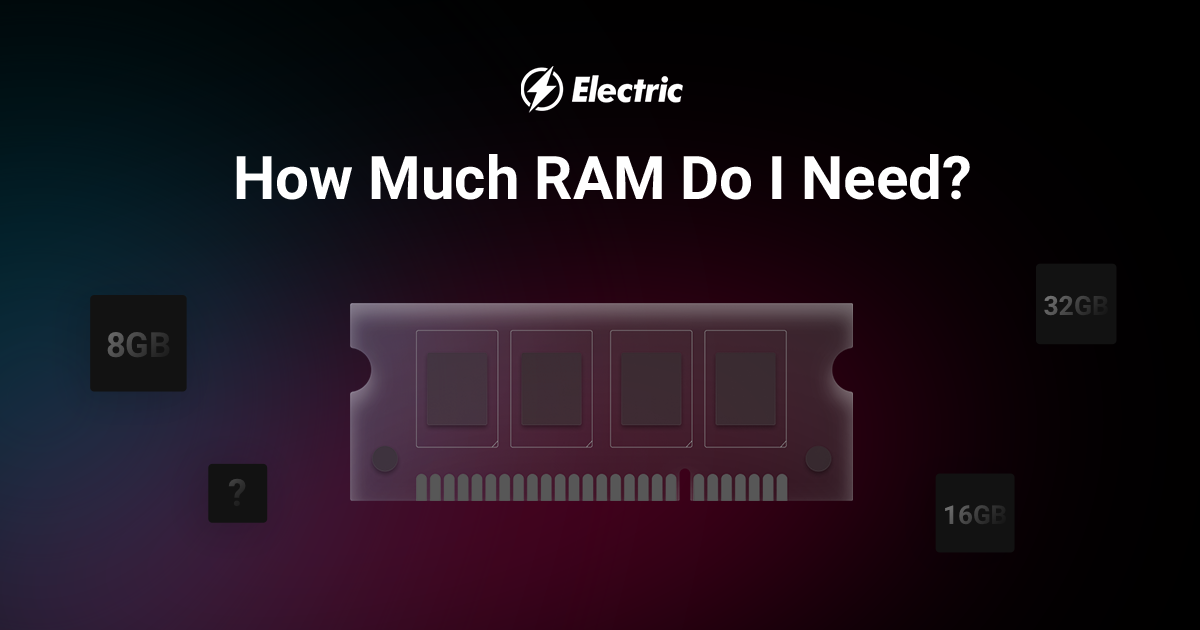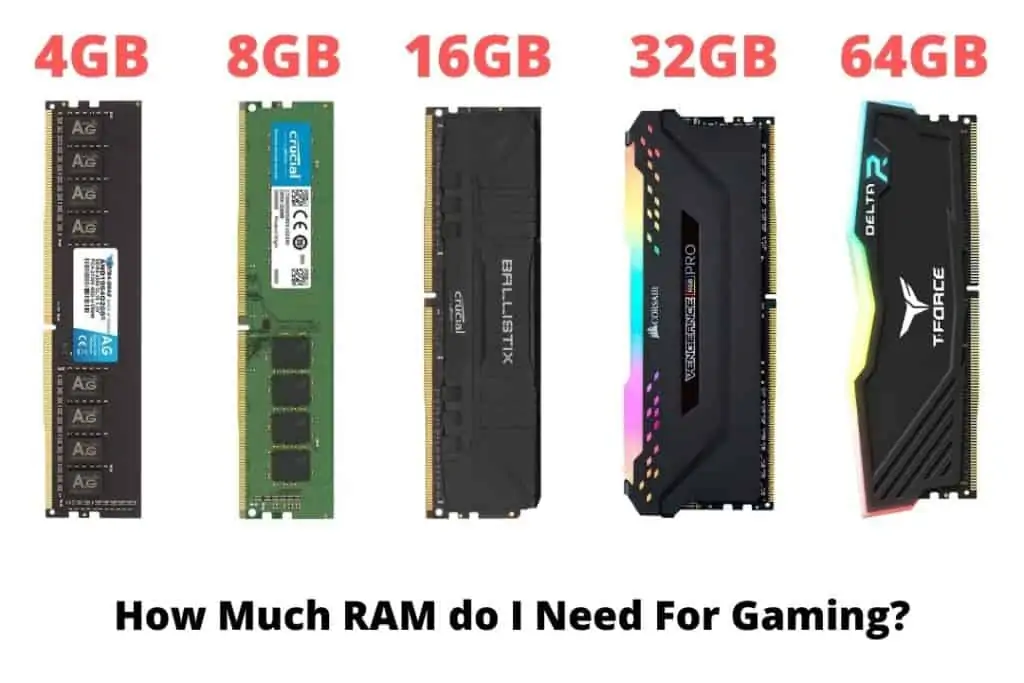How Much Ram Do You Need For Pro Tools

For musicians and audio engineers diving into the world of digital audio workstations (DAWs), one question consistently surfaces: How much RAM is truly necessary to run Pro Tools smoothly and efficiently? The answer, as with many aspects of digital audio, is nuanced and depends on the complexity of your projects.
Determining the ideal RAM (Random Access Memory) for Pro Tools is crucial for preventing frustrating slowdowns, crashes, and limitations on creativity. This article breaks down the RAM requirements for Pro Tools, exploring minimum specifications, recommended amounts for different project sizes, and the impact of RAM on overall performance.
Minimum vs. Recommended RAM
Avid, the developer of Pro Tools, provides minimum system requirements. However, these specifications often fall short of delivering a truly optimized experience. The minimum RAM requirement for Pro Tools is 4GB.
This might allow the software to launch and operate with very basic projects. For any serious audio work, exceeding this minimum is essential.
Avid recommends at least 16GB of RAM for Pro Tools. This is a more realistic starting point for most users.
However, the specific amount needed often depends on the kinds of projects you'll be working on.
RAM Requirements Based on Project Size
The complexity of your projects directly impacts the amount of RAM needed. For smaller projects with a limited number of tracks, plugins, and virtual instruments, 16GB might suffice.
If you are working on large, complex projects with dozens of tracks, numerous plugins, and several virtual instruments, 32GB of RAM or more is highly recommended. This allows Pro Tools to handle the increased workload without significant performance degradation.
Projects involving orchestral arrangements, film scores, or extensive post-production work will almost certainly require a higher RAM capacity.
Impact of Insufficient RAM
Running Pro Tools with insufficient RAM can lead to a multitude of problems. Expect frequent crashes, error messages, and a general sluggishness that makes even simple tasks frustrating.
Disk errors, where Pro Tools relies on the hard drive as virtual memory, are also common. This significantly slows down performance, as hard drives are much slower than RAM.
Plugin performance is heavily affected. Plugins are often disabled or even crash because of insufficient RAM.
Beyond the Numbers: Real-World Considerations
While the specific RAM requirements are important, other factors also contribute to overall system performance. The speed and type of your storage drive (SSD vs. HDD), the processor (CPU), and the audio interface all play a role.
Investing in a fast SSD can significantly improve loading times and overall responsiveness, even if your RAM is adequate. A powerful CPU is essential for handling complex calculations required by plugins and virtual instruments.
A quality audio interface ensures low-latency recording and playback, minimizing delays that can disrupt your workflow. The quality of the plugins you're using also matters.
Conclusion
Choosing the right amount of RAM for Pro Tools is a critical step in creating a stable and efficient recording environment. While the minimum requirement of 4GB is woefully inadequate for serious audio work, 16GB serves as a good starting point for smaller projects.
For larger, more complex projects, 32GB or more of RAM is highly recommended to avoid performance bottlenecks. By carefully considering the scope of your projects and investing in sufficient RAM, you can ensure a smooth and productive experience with Pro Tools.
Remember to consider the other key components. Make sure that the RAM is not the only bottleneck in your system.
